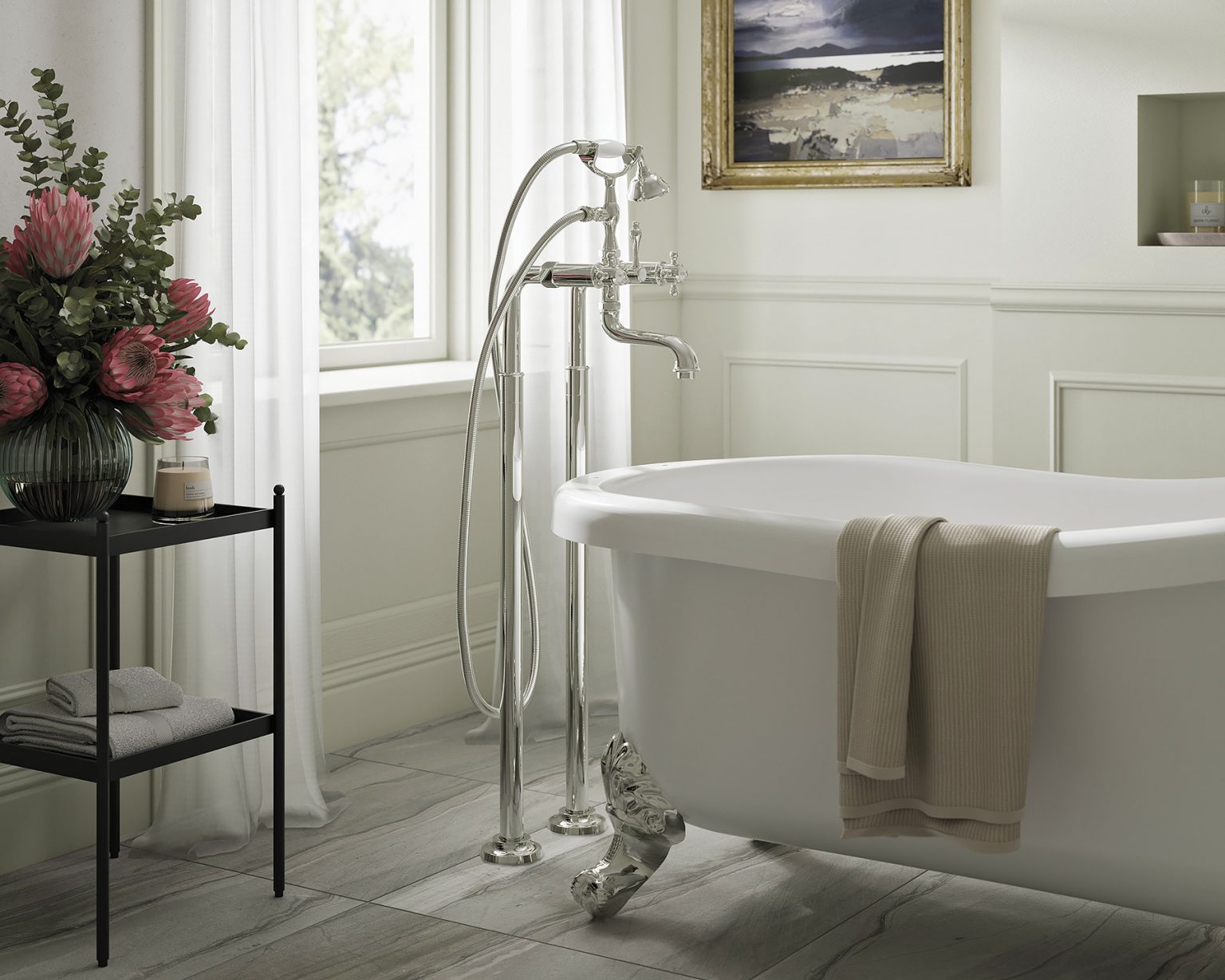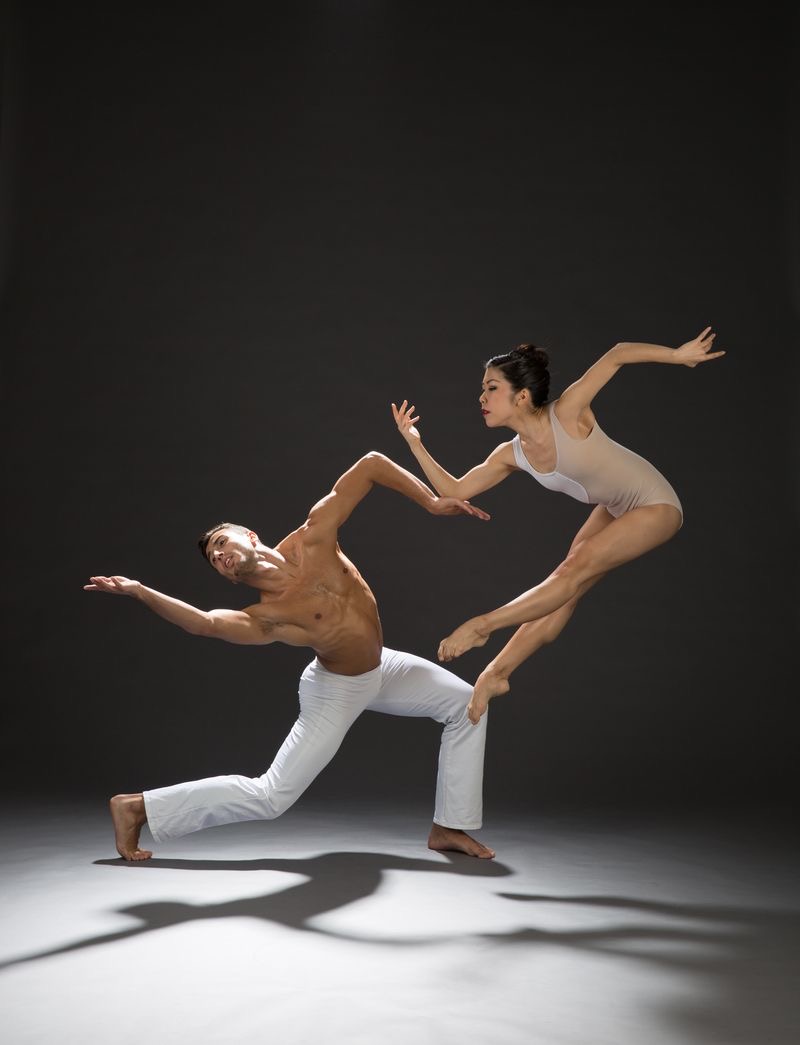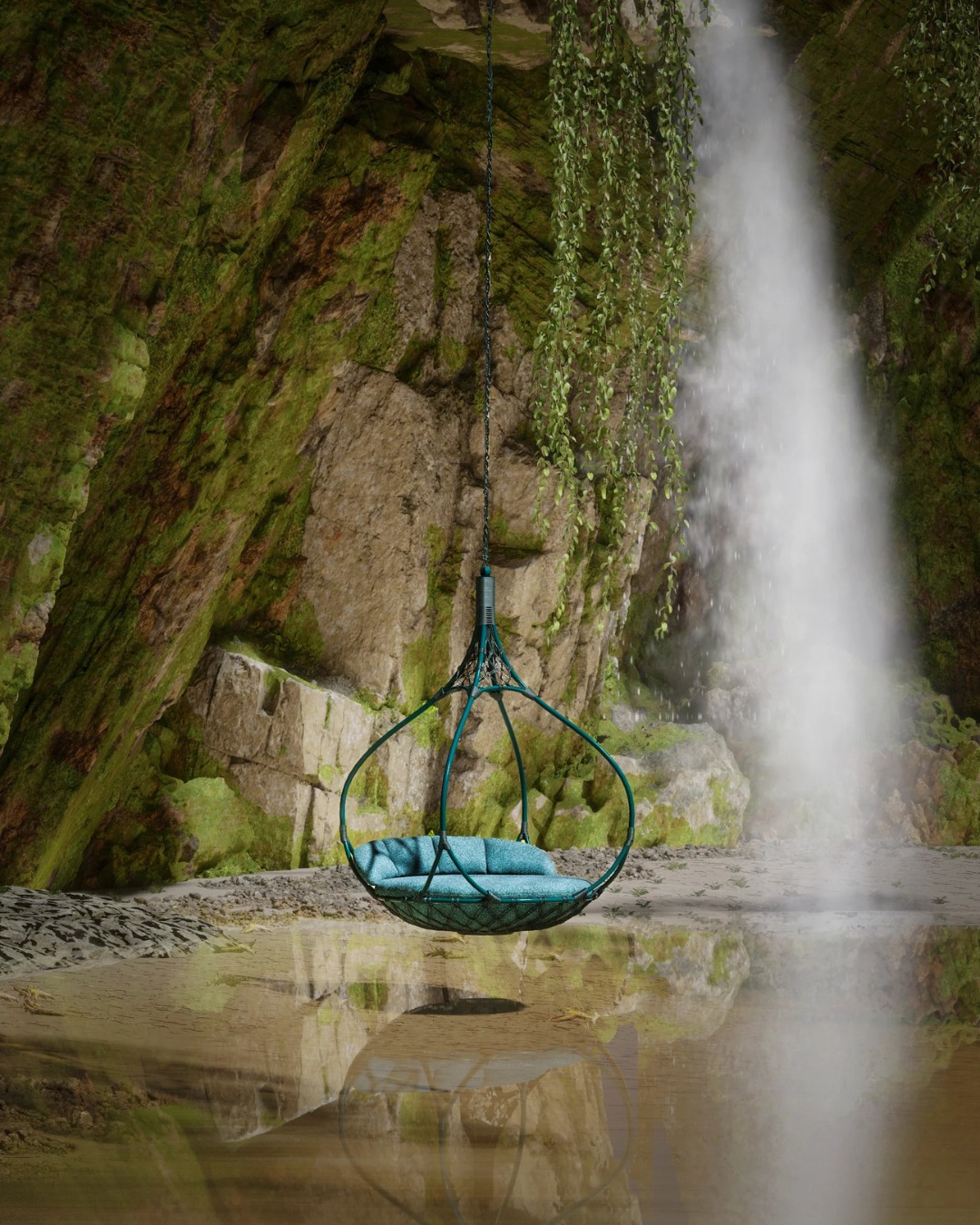Artists have featured flowers in their work as a symbol of rebirth and renewal for centuries. In recent months, many of us have been drawn to flowers as subjects in social media, and also as an excuse to get outside.
By Jenna Condas
People started noticing.
Had birds always chirped so sweetly? Had that sycamore tree in the front yard suddenly grown taller? Were the roses in the neighbor’s garden always such a gorgeous shade of pink? The answer to these questions is quite simply . . . yes. When the first sign of spring is upon us, birds always serenade us sweetly and the neighbor’s roses bloom every season in that stunning shade of fuchsia. Nothing had changed but, at the same time, everything had changed.
Our world closed down. Most of us were housebound for months. It was a momentous and scary time, difficult in ways nobody could have ever imagined. Many asked if a silver lining could possibly be found. Perhaps, as explored here, we bumped into a lovely little discovery. Unable to socialize, work, or travel far, Orange County residents found themselves spending more time in our own county, whether gardening at home, walking through neighborhoods, and trodding along the greenbelts, trails, and parks that remained open. And a funny thing happened: We scurried around less and observed more. Like the moniker attached to so many great artists, we became “observers of everyday life.”
A world that was largely closed off made people focus on their own natural habitats, thereby enhancing and reviving their powers of observation. We were inclined to look, truly look, after what had probably been a very long time, at the simple beauty that surrounds us every day that we most likely took for granted. Is it harder to “stop and smell the roses” with face coverings and masks on? No doubt. It has long been theorized that when one of the five senses fades (or in this case, is temporarily blocked by a piece of cloth over our noses), another sense is heightened. Maybe metaphorically, a heightened sense of sight expanded our ability to move through this strange, new world we find ourselves in. We now took comfort in the simple beauty of flowers. Whether they shimmered in the fresh morning dew, danced in the sway of an afternoon breeze, or remained motionless for us to simply take in, it allowed for a quiet moment to relish the stillness and beauty of it all.
For centuries, artists have attempted to render the visual power of flowers, deciphering and depicting their ever-changing significance. A flower can mean many things in art: fertility, purity, courtly love, promiscuity, death and decay. But why do artists and art lovers find flowers so pleasing to the eye? Some suggest that flowers have an objective beauty, and we are immediately attracted to their lovely range of colors, their soft petals, and the symmetry of their botanical structures. Painters, sculptors, and photographers have largely documented on canvas, marble, and film the flora they observed in their own environments and domestic spaces. Claude Monet’s garden in Giverny, France, and his beautiful series of Water Lilies (1896-1920), is a prime example.
Painted within a week of entering an asylum in Saint-Rémy-de-Provence, Vincent Van Gogh’s Irises (1889) illustrates that he also worked with what was accessible to him; he painted from nature in a hospital garden. He found visual splendor in a place where beauty and happiness were probably difficult to find or at least focus on.
Esteemed Czech photographer Josef Sudek was mildly reclusive, but the windows of his studio were frames through which he could be an observer of life. A major part of his work was captured in his private studio space. It served as a fundamental source of inspiration. He photographed what was available to him in and around his artistic quarters, and his photographs are prized for their evocative and atmospheric quality, resulting in an almost ethereal, yet simple magnificence. Sudek was particularly drawn to how a pane of glass in a window reflected light and the elements as seen in many of his gorgeous photographs from his series The Window of My Studio (1940-1954). His mythical The Last Rose of Summer is emblematic of his keen eye and talent. The series provides insight into the surroundings he loved like his studio and garden, all in his immediate purview.
Long associated with notions of rebirth and regeneration of life, flowers have an amazing ability to attract pollinators like hummingbirds, butterflies, and bees. They spread seeds and are a vital catalyst in the reproduction of plants. Robert Mapplethore’s Tulip (1985) reflects this process in a sensual, provocative way as he achieves a sense of intimacy through his photographic lens. He had a way of making flora erotic that few, if any, can ever match. The flower’s sexual organs are on display in his photographs, peering provocatively from their petals, emblematic of their reproductive potential. Mapplethorpe eroticized flowers and made them iconic even, but they also seemed to embody the transience of life. A flower when it is young is vibrant and radiant, but will become delicate and eventually wither and die, a poignant reminder of the fragility of life.
As a parting gift to those whom he loved, Mapplethorpe sent a photograph of a flower as a touching and final goodbye, a memento to cherish and hold onto tightly. It is probably a fair statement that most of us are not painters or professional photographers, so our own mementos and pursuit of pastoral pleasures are most likely documented on our cell phones or cameras. Photographs of bright purple pansies or pink peonies or sprawling wildflowers on trails (or whatever other natural wonders move us) are often posted on social media. Not only is our own personal aesthetic shared with friends and followers on Instagram, Facebook, or Twitter, but it may have unknowingly touched people, imparting some joy to those unable to leave their homes, even for a brief walk. Sharing our daily walk became their daily walk; our appreciation of a beautiful garden or landscape soon became spaces they desparately looked forward to seeing again one day and hopefully soon.
The flowers we encounter, photograph, and post are not just merely decorative. They come in a multitude of hues and colors and, upon close examination, it is apparent that a flower is not comprised of just one pigment or shade; rather, it is made up of different colors, whether in the middle, stem, or a petal’s fragile tips. They are complex and a powerful embodiment and symbol of the full cycle of life, an important reminder that as we continue to navigate a challenging “new normal,” life will go on. We may wither, as all flowers eventually do, but opportunity still abounds for each of us to blossom again, to thrive, and to make our own unique and beautiful contributions to our friends, families, and our Orange County community.
Fine art flower photographs for this feature courtesy of Paris Photo, the world’s largest international art fair dedicated to the photographic medium, and Botanicals, a compendium of artwork inspired by plant life selected from the Per Amor a l’Art collection.
The first edition of Paris Photo NYC scheduled for April 2020 was postponed due to COVID-19. Botanicals, published by La Fábrica, was released in July 2020.










































